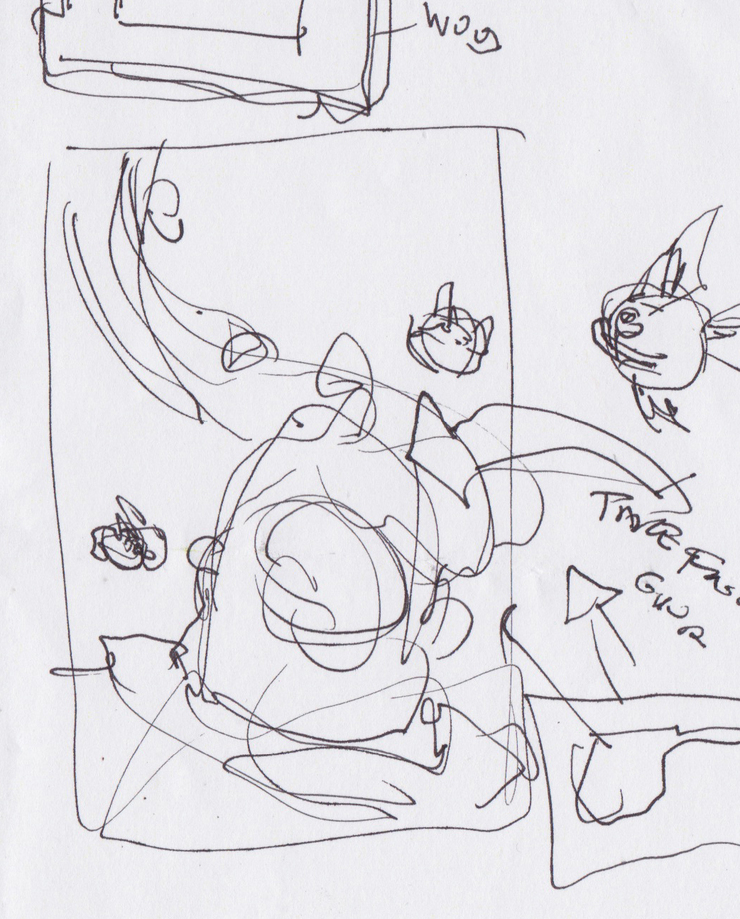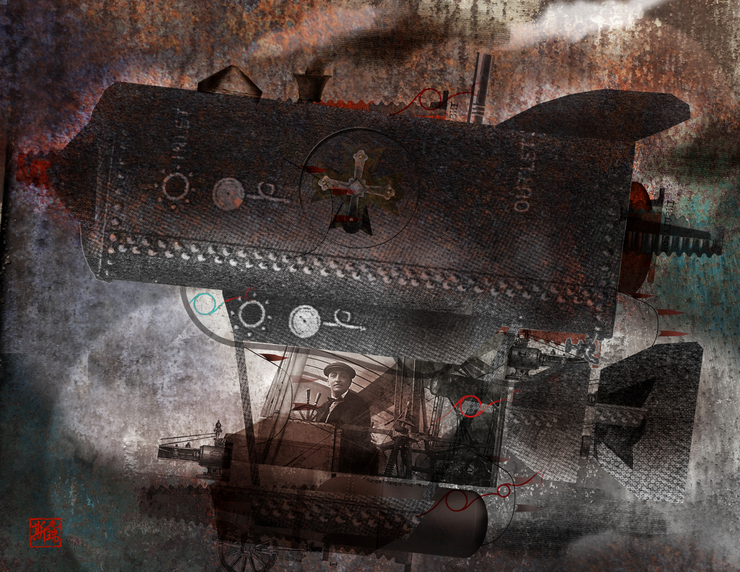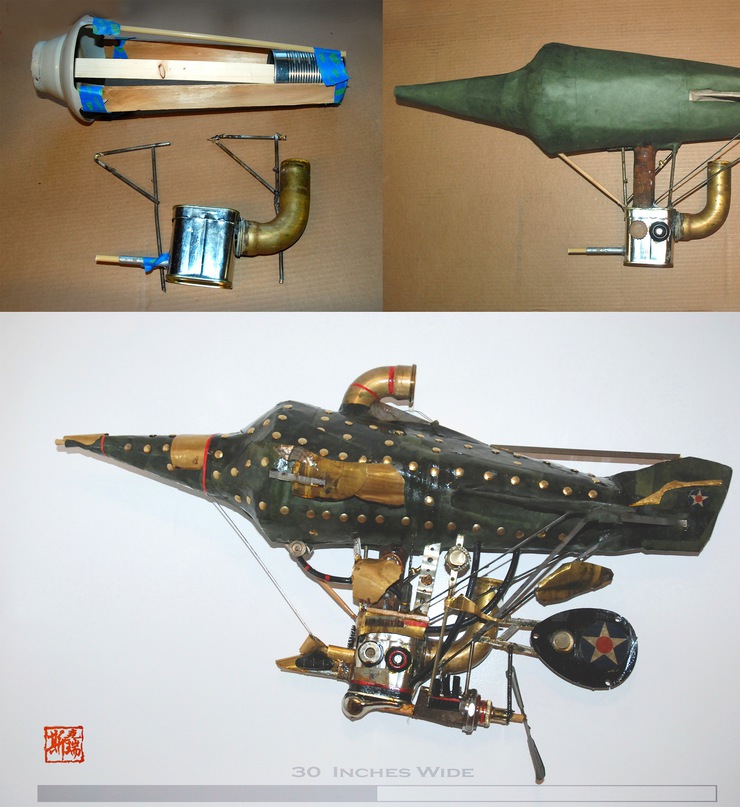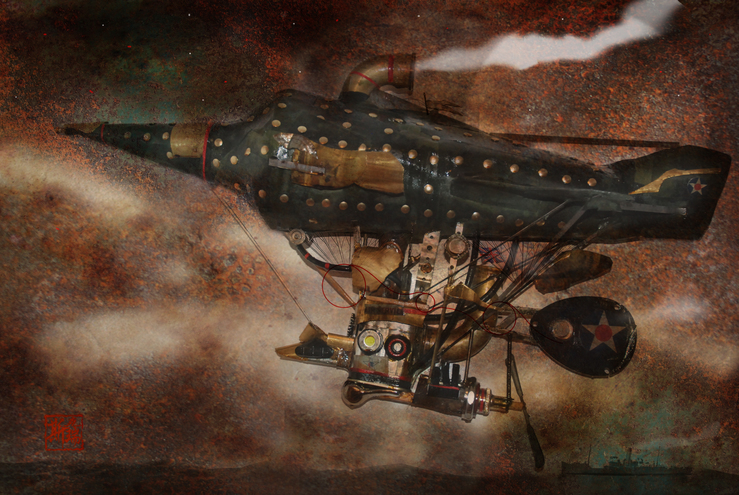Diving Deeper
DECEMBER 16, 2013

Captain John Pennetion is lowered very slowly into the depths of a bizarre new world filled with strange and as of yet undefined life forms. All are moving about his helmet in what appeared to him as if in a dream like manner.

Sketch for Captain John’s decent my mind is a wash with ideas and a loose sketch serves to tie an idea down before it washes away

Dilemma at the great ocean depths, water pressure and improper air mixtures are foresting hallucinations in the mind of our narrative Captain John

The Iron Bucket 1894
On the near still morning of August 24 1894 Professor Bartholomew B. Peterson was slowly lowered by means of a chain wench to a depth of nearly two miles straight down in what was nicknamed the professors “Iron Bucketâ€. This was a record dive in terms of its shear distance and its time in the history of under sea exploration, the professor stayed down for a period of two hours and ascended unfretted.

Broits Boiler 1864
Nicknamed the “Flying Boiler†a large floating tank was designed and built by a French bottler and extreme flight enthusiast by the name of John Broit.
This was one of the history’s very early heavier then air controlled flight flying machines. Broit dicovered in his bottling shop located just out side Paris quite by accident that helium when heated became even lighter and supplied even more lift as a result of the heat.
On June 6 1864 he put his theory to the test, his design was rather simple a cast iron boiler tank with a small heater attached to it. Valves were added that could release pressure for decent and increase pressure for height. On that still warm and moonlit evening in June John Broit managed to attain a record height of seventeen miles almost straight up. It has been widely stated that is was John Broits record flight that first gave us the term most widely used today as “Heavy Metalâ€.

The process begins after a quick sketch with wood, cans, tape and lots of old swap file folders soaked in dollar store simple glue. Works pretty well to make some light and very hard compound forms (Paper Mache}

A rather ungainly attempt at flight off the California coast June 28
1928
Working with some personal money and hoping to gain a government contract,
The locals knew “The Thompson Gas Bag†as it was affectioally called, by the many nighttime sightings during its early tests.
John Thompson was a lighter then air flight enthusiast and back yard tinker, who did all his testing at night off the coast of California. John needed light no to wind for his research, and hoped to avoid the glare of curiosity seekers.
The Thompson did have limited success but was extremely ungainly in flight and in slight winds it was nearly impossible to control. Although he did have some favorable results John Thompson was never able to interest the Navy or and government officials for that matter in his design. John did go on however to work as a plane designer at the Glen Curtis aircraft company in southern California.
© 2024 Chris Spollen
